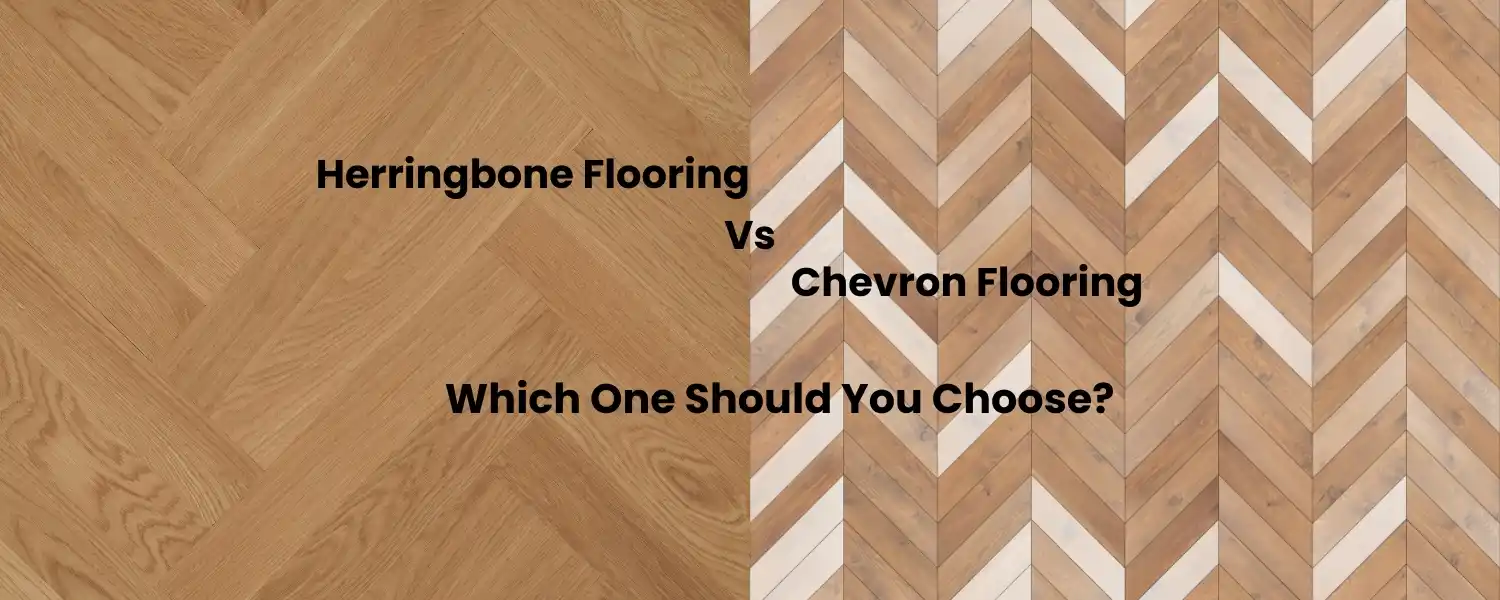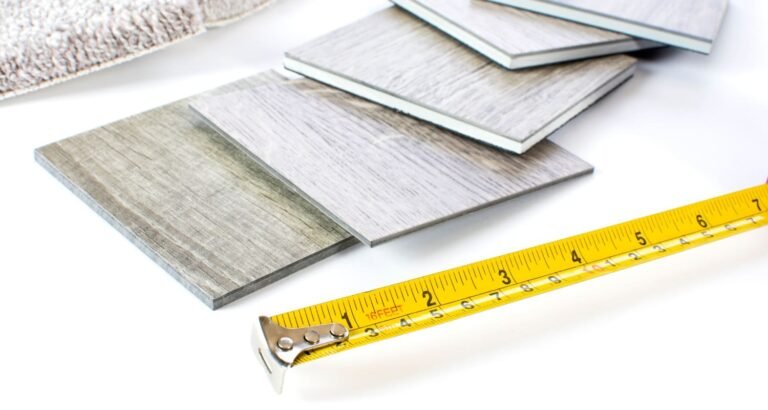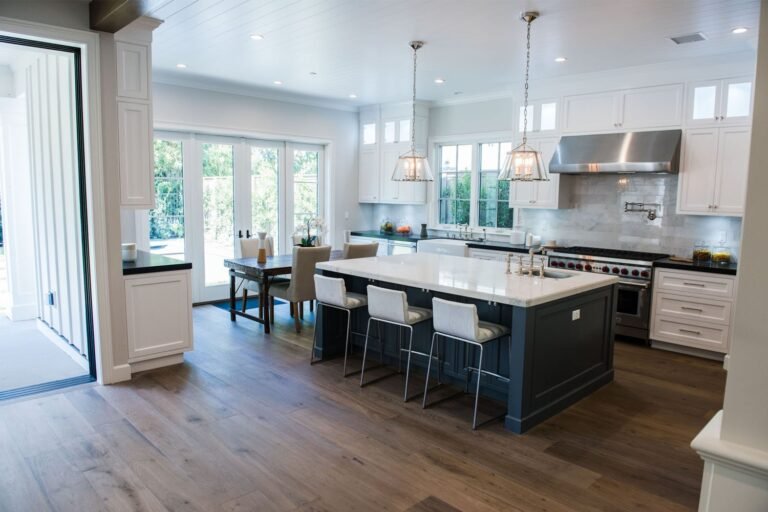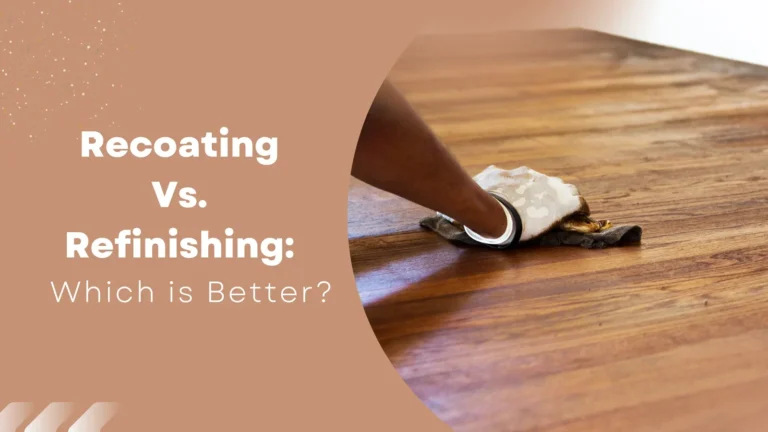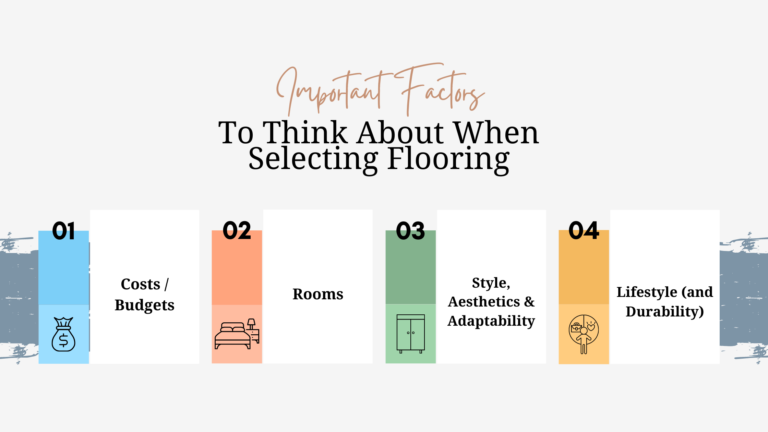Herringbone vs Chevron Flooring: Comparing Classic Engineered Hardwood Patterns
Are you struggling to select between herringbone vs chevron engineered hardwood flooring patterns for your next project? These classic patterns can be hard to tell apart. Understanding their differences – from history to looks and installation – is key to picking the right one. This guide will break down herringbone and chevron patterns to simplify your decision. Let’s explore these options in detail.
Key Features of Herringbone and Chevron Flooring
Exploring Herringbone Flooring
Herringbone flooring uses rectangular pieces of wood arranged in a zigzag pattern. The pieces lie at right angles to each other for visual interest and a sense of movement.
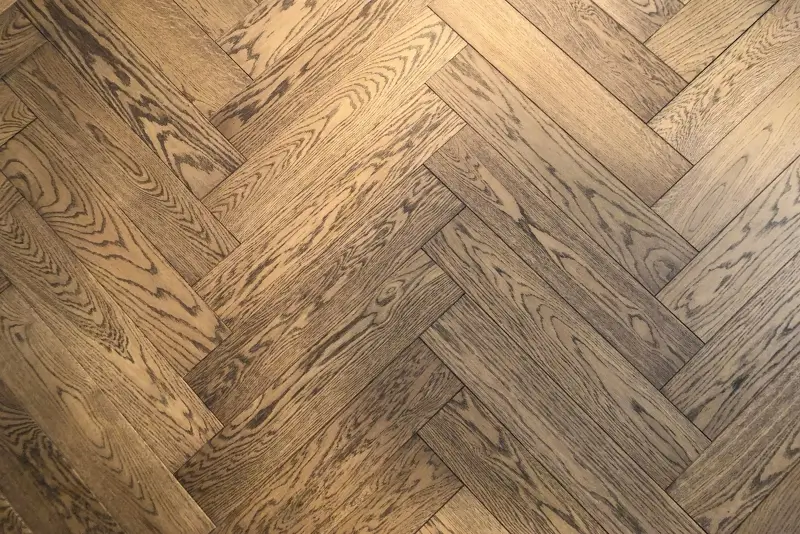
Historical Significance and Evolution of Patterns
The herringbone pattern has a rich history dating back centuries. It was used in ancient Egypt, gained popularity with the Roman Empire, and became a sign of luxury in Renaissance Europe.
Benefits of Herringbone Flooring
- Visual Expansion: The herringbone pattern creates the illusion of a larger space, making it perfect for smaller spaces.
- Durability: Herringbone flooring is strong and capable of withstanding heavy foot traffic and everyday wear and tear.
- Timeless Elegance: The classic design adds sophistication to any interior.
- Versatility: Herringbone complements various design styles.
- Longevity: Herringbone flooring can last for generations, offering lasting beauty and value to your home.
Understanding Chevron Flooring
Chevron flooring is another classic flooring pattern. In a chevron pattern, the individual planks are cut at precise angles and laid parallel to each other to form a continuous V-shaped pattern.
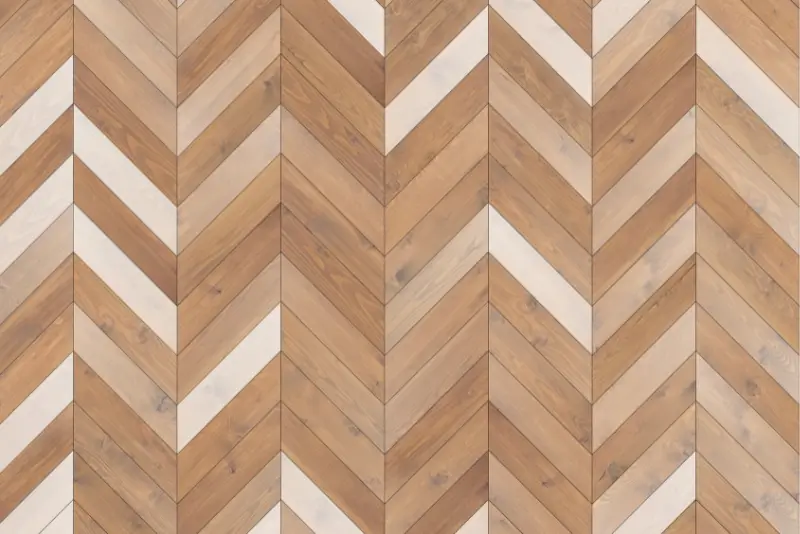
Historical Significance and Evolution of Patterns
The chevron pattern also has a long history, appearing in ancient Greek and Roman architecture.
Benefits of Chevron Flooring
- Modern Aesthetic: Chevron flooring has a sleek, contemporary vibe, making it a popular choice for modern interiors.
- Visual Impact: The continuous V-shaped pattern of chevron flooring adds movement and visual interest to any space.
- Room Enlargement: Like herringbone, the chevron makes a room feel larger.
- Design Flexibility: Chevron flooring matches various interior styles and themes, from urban chic to Scandinavian simplicity, offering versatility and adaptability.
Visual and Installation Differences
Both flooring styles have unique visual appeal. The key difference between herringbone and chevron flooring is clear in various aspects. Let’s explore these aspects in this section:
Angle Variation: 45 Degrees vs 90 Degrees
Each wooden piece in herringbone flooring is arranged at a 45-degree angle, giving it a zigzag pattern. Conversely, the wooden pieces in chevron flooring are arranged at a 90-degree angle, forming a V-shaped pattern.
Continuity of Pattern
Herringbone flooring showcases a staggered layout. Each piece intersects with the next, creating a broken zigzag pattern. This pattern adds movement and liveliness to the floor, enhancing its visual appeal. In contrast, chevron flooring has a smooth and uninterrupted pattern, with pieces flowing smoothly from one to the next.
Optical Illusions: Zigzag vs Parallel Lines
Thanks to its zigzag arrangement, the herringbone pattern creates an optical illusion that makes a small room look bigger. On the other hand, chevron flooring, with its parallel lines, creates an optical illusion of wider space.
Installation Techniques
Several factors influence the complexity and efficiency of installing herringbone and chevron flooring. In this section, we will discuss them in detail.
Complexity and Skill Level Required
Herringbone flooring is more complex to install than chevron flooring. The herringbone requires precise cutting and alignment of each piece to achieve the desired zigzag layout. This arrangement demands a higher level of skill and attention to detail from the installer. In contrast, chevron flooring, with its continuous V-shaped pattern, is simpler to install.
Material Waste and Efficiency
Installation of herringbone often results in more material waste than chevron flooring. The herringbone pattern’s irregularity can lead to unpredictable costs and harm the environment. In contrast, chevron flooring reduces waste as its cuts are uniform with continuous patterns.
Versatility in Design Applications
Both herringbone and chevron floors offer design flexibility despite differences in installation and material use. Herringbone creates a timeless look that works in classic or modern interiors. At the same time, the chevron adds a bold, contemporary touch that’s popular in minimalist spaces. Both patterns come in various materials, like hardwood and laminate, making them suitable for different design styles.
Durability and Care of Flooring Patterns
This section will explore the durability and maintenance of herringbone and chevron flooring. We’ll discuss the longevity of these patterns, their resistance to wear and tear, and considerations for cleaning and maintenance to keep them in top condition.
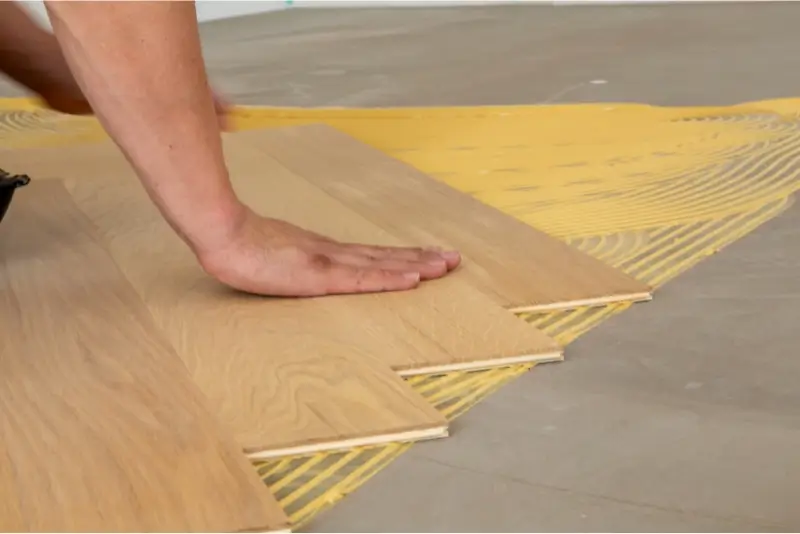
Longevity of Patterns
Both herringbone and chevron flooring are durable options. These patterns can withstand years of foot traffic and everyday use if properly installed and maintained. However, the patterns’ longevity may depend on factors, including the material quality, installation methods, and level of maintenance.
Wear and Tear Resistance
Herringbone and chevron flooring are tough, especially when made from hardwood or engineered wood. They resist scratches, dents, and other damage, making them ideal for busy areas. Adding sealants and finishes boosts their durability and beauty for years.
Cleaning and Maintenance Considerations
Herringbone and chevron flooring require similar cleaning and maintenance routines. Regular sweeping or vacuuming to remove dirt and debris is essential to prevent scratches and maintain their appearance. Furthermore, mopping with a damp cloth or cleaner helps remove stains and keep the floor looking its best.
Learn more about the proper cleaning technique for hardwood in our blog, “How To Clean Engineered Hardwood Floors“
Design Impact: Herringbone vs Chevron
The design of these patterns plays a crucial role in shaping a space’s look and feel. Let’s see how they influence style, size, and ambiance.
Classic vs Contemporary Styles
Herringbone flooring offers classic charm with its zigzag pattern. It adds elegance and warmth to a room. Chevron flooring is sleek and modern, featuring an angular V-shaped pattern that brings a minimalist, contemporary look to any space.
Matching Floors with Decor Themes
Both herringbone and chevron floors are versatile and can work with various decor styles. Herringbone enhances traditional settings, while Chevron’s clean lines complement modern spaces.
Cost Analysis: Herringbone vs Chevron
Herringbone and chevron flooring costs depend on several factors: material expenses, labor costs, and long-term value.
Material Expenses: Wood Type, Quality, and Origin
The wood’s type, quality, and origin will affect the price of both patterns. Popular choices include oak, maple, and walnut. Exotic hardwoods tend to be more expensive. Additionally, the wood’s grade and finish can influence cost.
Labor Costs: Installation Complexity and Time
Herringbone flooring’s complex pattern requires more time and skill to install than chevron flooring, potentially increasing labor costs. Subfloor preparation, adhesive application, and finishing treatment also raise prices.
Long-Term Investment Perspective
Herringbone and chevron flooring are long-term investments due to their durability and timeless appeal. Choosing high-quality materials and professional installation will increase longevity. Additionally, their attractiveness and potential to add resale value make them smart choices for homeowners.
To learn more about the cost of engineered hardwood flooring, read our other comprehensive blog, “Decoding Costs: How Much Does Engineered Hardwood Flooring Cost?“
Which is the Best? Herringbone vs Chevron
The best option between herringbone and chevron flooring depends on your style and practical needs. Herringbone is ideal for traditional interiors, while chevron suits contemporary settings. Both provide versatility and design flexibility. Ultimately, the choice depends on what fits you best.
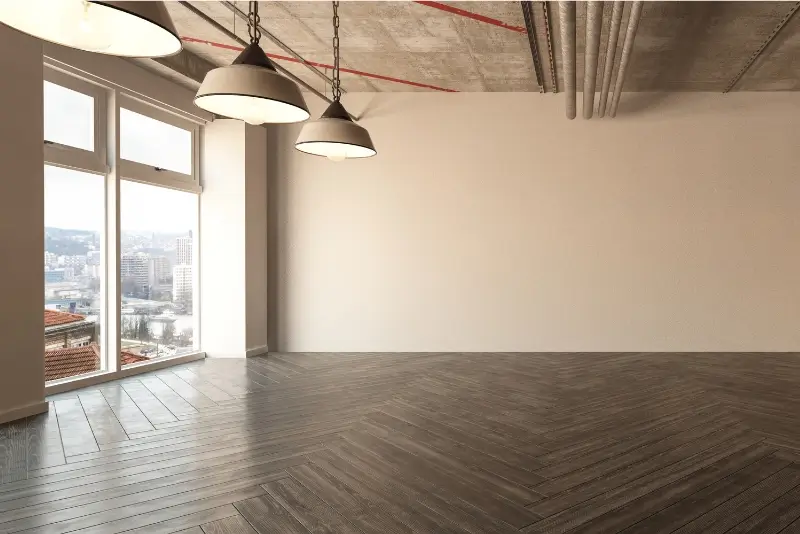
Elevate Your Space with the Right Flooring
Herringbone exudes timeless elegance, while chevron brings modern sophistication. Both patterns can enhance the ambiance of any space. Whether you prefer herringbone’s warmth or chevron’s sleekness, both offer endless possibilities for creating stunning interiors.
As a California retailer, Villagio Wood Floors offers various engineered hardwood flooring options, including herringbone and chevron patterns, crafted precisely for lasting durability and beauty. Explore our collection today and find the perfect flooring solution to elevate the aesthetic of your spaces.
FAQ – Herringbone vs Chevron
Is engineered hardwood flooring suitable for pets?
Yes! It can be. Choose a high-quality engineered hardwood with a durable finish to withstand scratches and wear caused by pets’ claws.
What makes engineered hardwood flooring different from solid hardwood?
Engineered hardwood has multiple layers of wood stacked for stability, while solid hardwood is one piece.
Learn the difference between engineered hardwood and solid hardwood in our other blog, “Engineered Hardwood Vs Hardwood“
Can I refinish engineered hardwood flooring?
Yes! You can refinish engineered hardwood flooring. However, the number of times depends on the veneer’s thickness.
How does engineered hardwood fare in humid environments?
Engineered hardwood flooring performs well in humid environments. Its cross-grain or layered construction makes it resistant to warping, cupping, or buckling in humidity.

